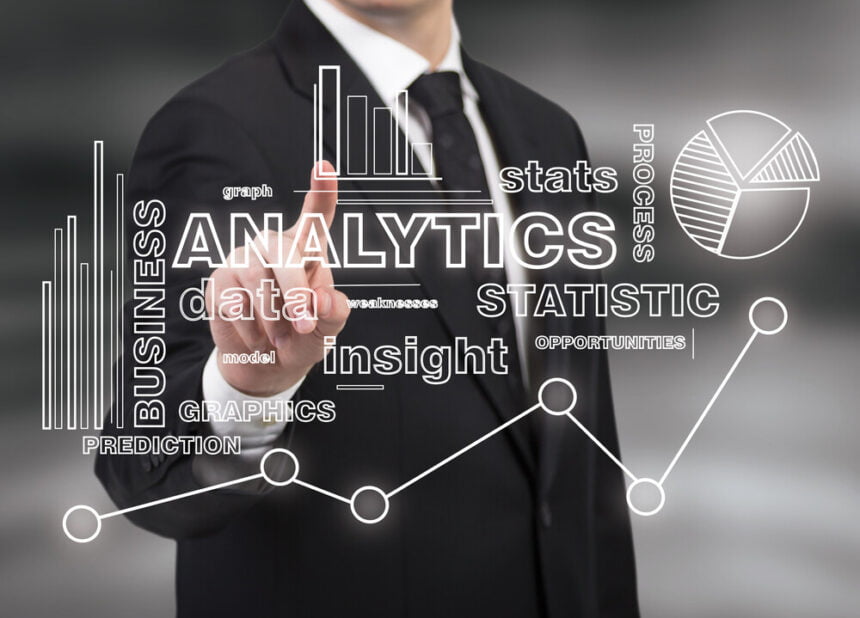In the first post I talked about why Analytics is required more than ever now.
In the first post I talked about why Analytics is required more than ever now. In this post let us discuss, what is it all about & what are the typical components of Analytics.
Let us start with definition of Analytics. There are multiple definitions available but as our focus is on Simplified-Analytics, I feel the one below will help you understand better.
Business Analytics is the use of statistical tools & technologies to:
- Find patterns in your data for further analysis e.g. product association
- Find out outliers from the huge data points e.g. fraud detection
- Identify relationships within the key data variables for further prediction e.g. next likely purchase from the Customer
- Provide insights as to what will happen next e.g. which of the Customers are leaving us
- Gain the competitive advantage.
So a more detailed comparison with Business Intelligence will help you understand better.
|
Business Intelligence
|
Business Analytics
|
|
What does it do?
|
|
|
Reports on what happened in the past or what is happening in now, in current time.
|
Investigate why it happened & predict what may happen in future.
|
|
How is it achieved?
|
|
|
· Applying statistical and mathematical techniques
· Identifying relationships between key data variables
· Reveal hidden patterns in data
|
|
What does your business gain?
|
|
|
· Response to “what do we do next?”
· Proactive and planned solutions for unknown circumstances
· The ability to adapt and respond to changes and challenges
|
Now that you know the difference between BI & BA, let us discuss the typical components in Analytics.
There are 6 major components or categories in any analytics solution.
- Data Mining – Create models by uncovering previously unknown trends and patterns in vast amounts of data e.g. detect insurance claims frauds, Retail Market basket analysis.
There are various statistical techniques through which data mining is achieved.
-
- Classification ( when we know on which variables to classify the data e.g. age, demographics)
- Regression
- Clustering ( when we don’t know on which factors to classify data)
- Associations & Sequencing Models
- Text Mining – Discover and extract meaningful patterns and relationships from text collections e.g. understand sentiments of Customers on social media sites like Twitter, Face book, Blogs, Call center scripts etc. which are used to improve the Product or Customer service or understand how competitors are doing.
- Forecasting – Analyze & forecast processes that takes place over the period of time e.g. predict seasonal energy demand using historical trends, Predict how many ice creams cones are required considering demand
- Predictive Analytics – Create, manage and deploy predictive scoring models e.g. Customer churn & retention, Credit Scoring, predicting failure in shop floor machinery
- Optimization – Use of simulations techniques to identify scenarios which will produce best results e.g. Sale price optimization, identifying optimal Inventory for maximum fulfillment & avoid stock outs
- Visualization – Enhanced exploratory data analysis & output of modeling results with highly interactive statistical graphics
Hope this has helped you get the clarity on what is Analytics.
Next post I will cover how various business verticals are using Analytics.

